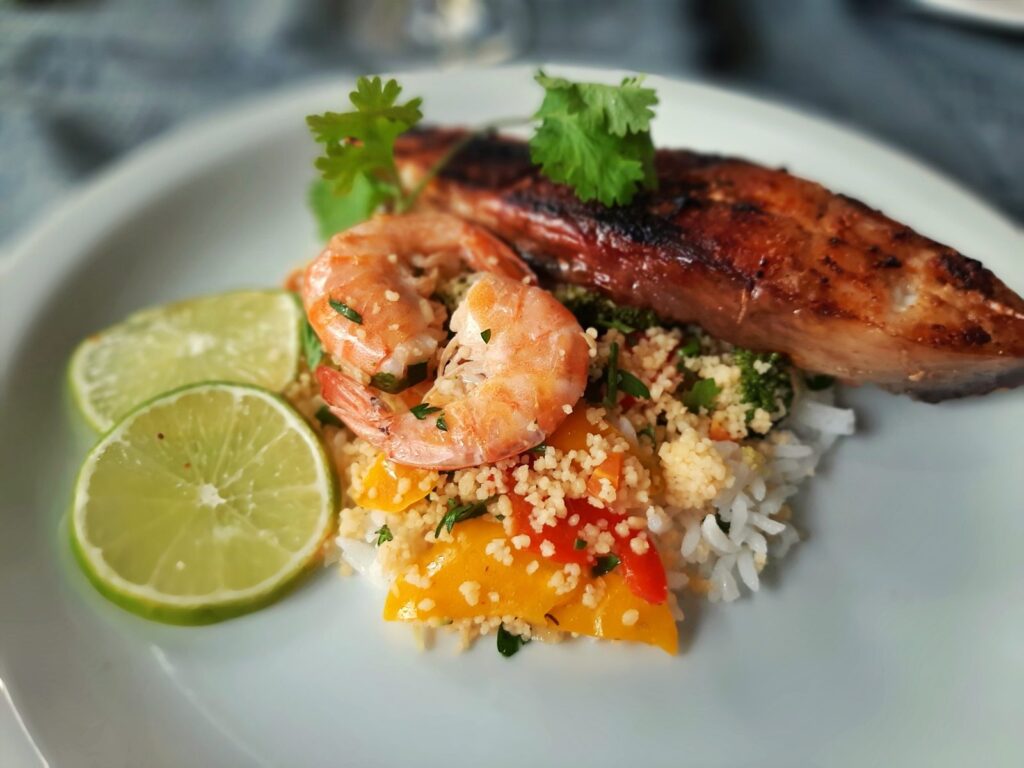Food allergy prevent startup Set, Food raises

Food allergies are rising worldwide, creating daily uncertainty for families, schools, and food-service providers. “Food Allergy Prevent” is a startup set on changing the default from reaction management to prevention. This piece outlines the venture thesis, the product stack, and how funding (“food raises”) fuels evidence-based growth—from pilot studies to scale.
Problem Summary
- Incidence and cost: Growing pediatric prevalence leads to emergency visits, label anxiety, and restricted diets that harm nutrition and quality of life.
- Care gap: Most systems are optimized for diagnosis and reaction treatment—not prevention or tolerance maintenance.
- Information asymmetry: Caregivers face conflicting advice and variable clinician access.
Solution Thesis: Prevention-First Platform
- Risk Stratification
Structured intake (family history, eczema/asthma, previous reactions) and, where clinically appropriate, directed testing to determine low-, medium-, or high-risk tracks. - Guided Introduction & Maintenance
Age-appropriate dosing plans for early introduction and repetition (to maintain tolerance), with escalation rules and handoffs to allergists for higher-risk cases. - Safety & Readiness
Emergency checklists, school forms, auto-injector reminders, and reaction logging. Clear “when to escalate” decision trees. - Personalization Engine
Data-driven plan adjustments based on adherence, symptoms, seasonality (e.g., pollen–food syndrome), and growth curves.
Product: Kit + App + Clinician Console
- Starter Kit: education booklet, measuring tools/sachets, and optional at-home screening components where regulations allow.
- Mobile App: dosing timers, video guides, diary, label scanner, and caregiver coordination.
- Clinician Console: affiliated allergists/pediatricians review data, adjust plans, and message families.
- Content Library: short, culturally adapted modules for caregivers and school staff.
“Food Raises”: Funding Strategy and Use of Proceeds
Pre-Seed / Seed
- Goals: complete MVP, IRB-approved observational pilot, initial safety/feasibility data, and two clinic partnerships.
- Use of funds: engineering (app + console), medical content production, privacy/security foundations, and pilot operations.
Series A
- Goals: expand to multi-site pilots, publish outcomes (introduction completion, ED visit reduction), payer/employer pilots, and supply-chain scale for kits.
- Use of funds: clinical operations, regulatory pathways for any in-home testing components, ML personalization, multilingual support, school integrations.
Series B (optional trajectory)
- Goals: national payer contracts, daycare/school channels, and international localization.
- Use of funds: commercialization, quality systems, co-manufacturing, and evidence generation (prospective cohorts).
Business Model
- B2C Subscription: app + coaching + kit refills.
- B2B2C: pediatric groups, payers, and employers subsidize onboarding for at-risk families.
- Education & Training: school/cafeteria programs and staff certification.
- Clinical Add-Ons: tele-allergy visits and OIT partner referrals.
Regulatory & Clinical Guardrails
- The app is a care-navigation and education tool; any diagnostic or testing claims follow device regulations per market.
- Clinician oversight for higher-risk tracks; clear disclaimers and consent flows.
- Data privacy: encryption, parental consent, de-identification for analytics, and transparent data policy.
Go-To-Market
- Pilot with pediatric clinics in two regions; measure adherence and safety outcomes.
- Key opinion leaders (allergists, dietitians, school nurses) to review content quarterly.
- Outcomes reporting: publish aggregate success metrics and caregiver confidence scores.
- Channel focus: pediatric EHR integrations, school districts, employer benefits brokers, and targeted caregiver communities.
Key Metrics (North Star + Drivers)
- North Star: % of successful introductions maintained at 6–12 months.
- Drivers: maintenance adherence, reaction rate per 1,000 dosing events, ED visit reduction, caregiver confidence, school adoption, and 90/180/365-day retention.
Risks & Mitigations
- Adherence drop-off: habit loops, dosing streaks, and human coach touchpoints.
- Clinical liability: protocol boundaries, physician oversight, documentation, and escalation rules.
- Equity gaps: multilingual content, low-literacy design, and subsidized plans via payers and employers.
- Supply chain: standardized SKUs, regional co-packers, and QA audits.
Rank Math (Suggested Fields)
- Focus Keyword: food allergy prevention startup
- Secondary Keywords: early food introduction, allergy risk screening, school allergy plans, prevention platform, seed round
- SEO Title (≤ 60 chars): Food Allergy Prevention Startup: Funding and Scale
- Slug: food-allergy-prevent-startup-set-food-raises
- Meta Description (≤ 160 chars):
How a prevention-first allergy startup uses funding to scale evidence-based kits, coaching, and school integrations—safely and ethically.
FAQ (for FAQ Schema)
Is this a replacement for an allergist?
No. It complements clinical care with structured plans and clear escalation to specialists for higher-risk profiles.
How does funding accelerate outcomes?
It expands pilots, validates safety/effectiveness, and builds integrations with clinics, schools, and payers.
What metrics prove value?
Introduction completion and maintenance adherence, lower reaction rates, fewer ED visits, and caregiver confidence.
How is safety handled at home?
Standardized low-risk protocols, emergency readiness, symptom triage, and strict escalation rules.
Can schools participate?
Yes—through care plans, staff training, and cafeteria guidance integrated into the platform.

 English
English 


































































































